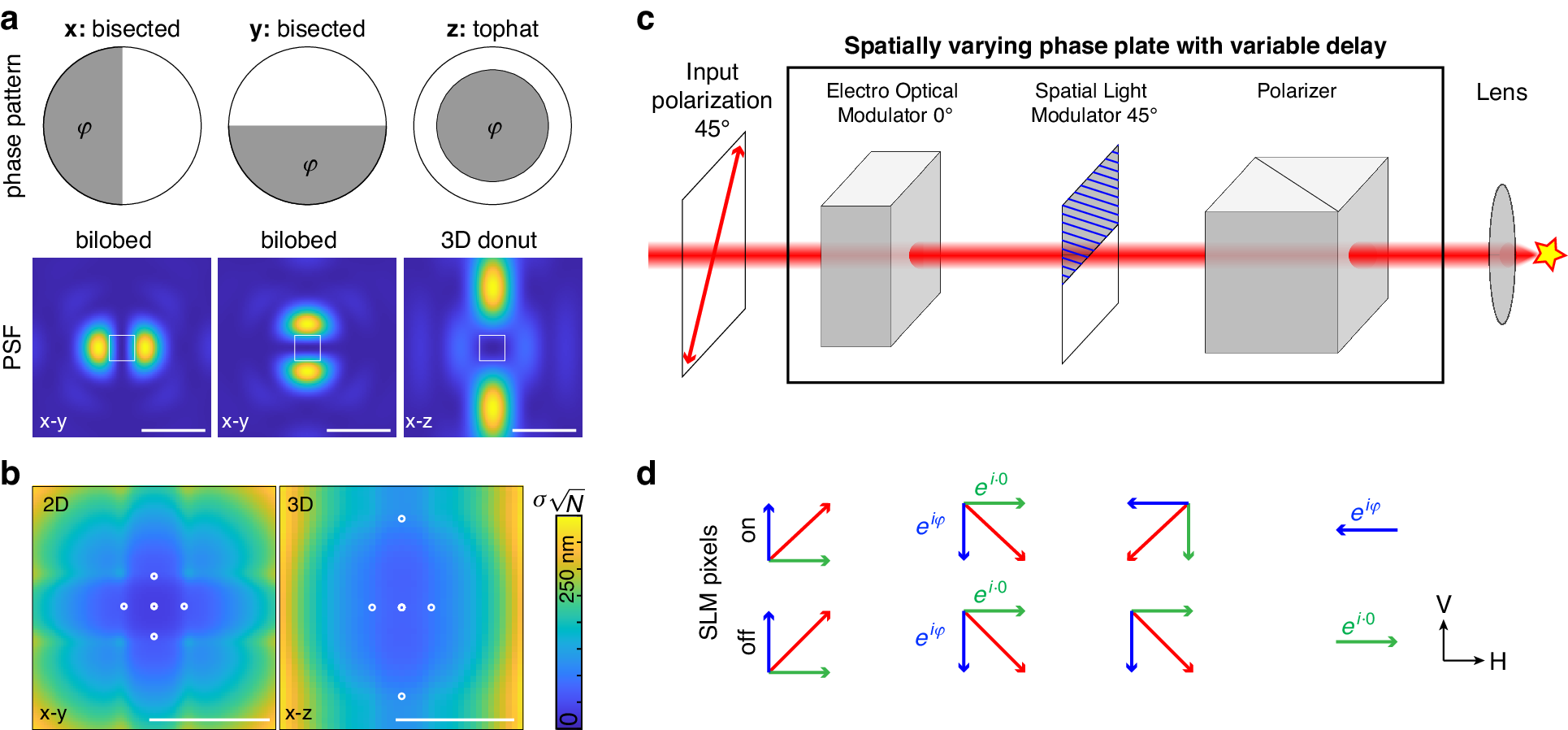In the journal Light: Science & Applications, researchers published an article about a newly devised microscope that produces a patterned light beam for MINFLUX. This device is comparatively simple in structure and inexpensive to the traditional ones. Also, this microscope finds application widely in molecular biological research.
 Idea. Image Credit: TranSpread
Idea. Image Credit: TranSpread
Thanks to MINFLUX, researchers can perceive objects far smaller than the wavelength of light. A recently established development of the procedure makes the entire process faster, less expensive, and simpler to employ for future discoveries by using a simpler device to create the light pattern required to inspect the molecule.
MINFLUX is a potent microscopy method that extends the limits of human vision. It functions by shining a laser beam with a specific pattern on a single molecule and measuring the light's strength at various points. Scientists can then determine the precise location of the molecule by examining these observations. This enables them to investigate molecular behavior in great detail, offering insights into basic biological processes.
Unfortunately, the general application of this potent technology has been hindered by the complexity, cost, and specialized equipment required for contemporary MINFLUX installations. Traditional methods frequently require large, expensive components, making MINFLUX inaccessible to many research labs.
Researchers have devised a novel method of producing the patterned light beam for MINFLUX. This technique combines an electro-optical modulator (EOM) with a spatial light modulator (SLM), two more basic devices. The EOM regulates the light's intensity, while the SLM manipulates light patterns like a digital projector. This configuration is far simpler, less expensive, and faster than traditional methods.
The new strategy has several benefits. First, scanning the light pattern may be done considerably more quickly when fewer components are used. This quick scanning increases measurement precision, producing crisper and more detailed images of the molecules.
Secondly, because of the simpler setup, the equipment required for MINFLUX is far less expensive, making this effective method more affordable for researchers. Lastly, the new method's increased ease of use and integration with current microscopes can streamline the research process.
This new breakthrough opens the door to more widely available and reasonably priced MINFLUX microscopes. This may create new avenues for molecular biology research on various biological systems. As MINFLUX becomes more widely available, scientists can explore the invisible realm and learn new things about the underlying principles of life.
H2020 Marie Skłodowska-Curie Action, the European Research Council, and the European Molecular Biology Laboratory funded the research.
Journal Reference:
Deguchi, T., et al. (2024) Simple and robust 3D MINFLUX excitation with a variable phase plate. Light: Science & Applications. doi.org/10.1038/s41377-024-01487-1